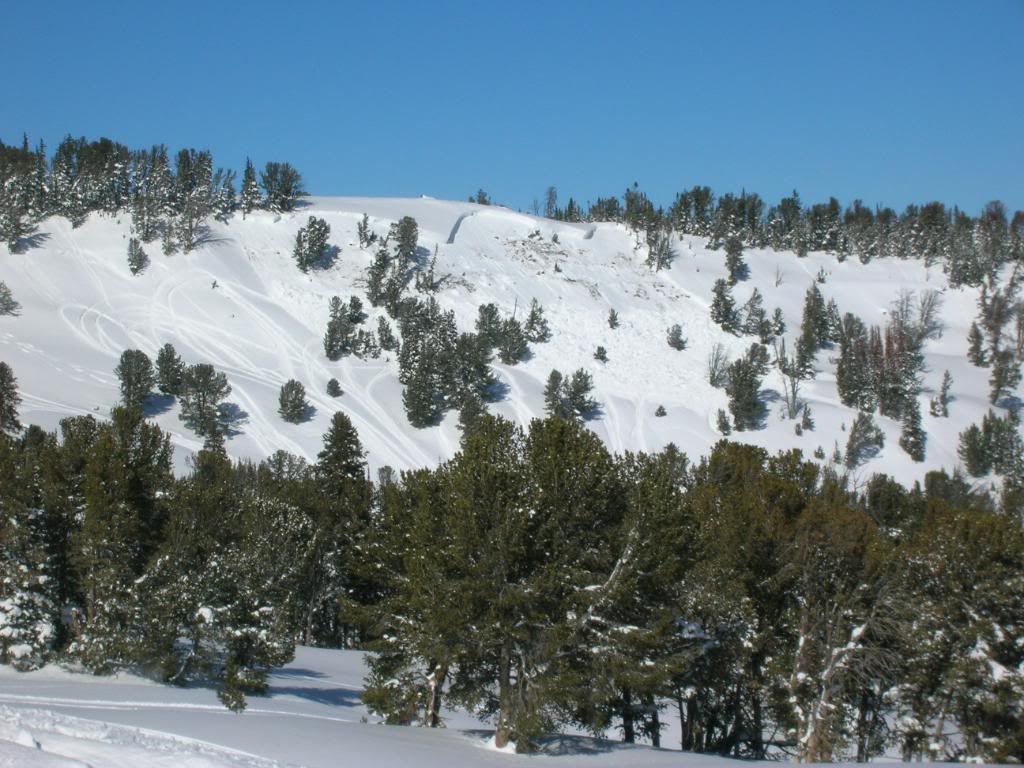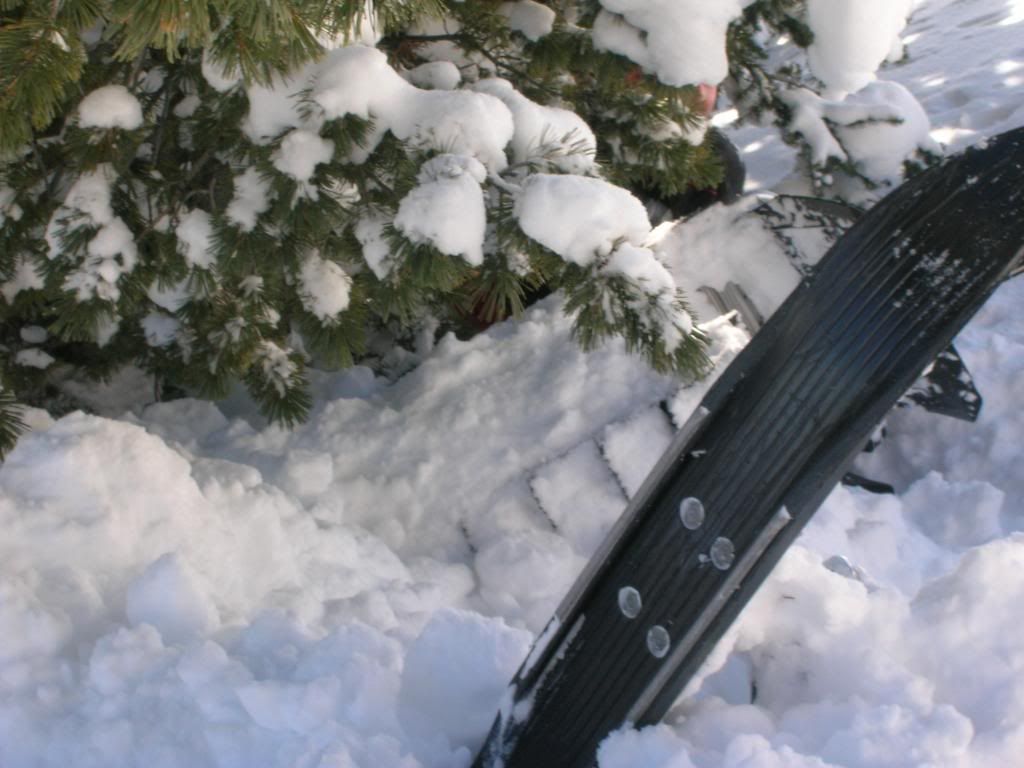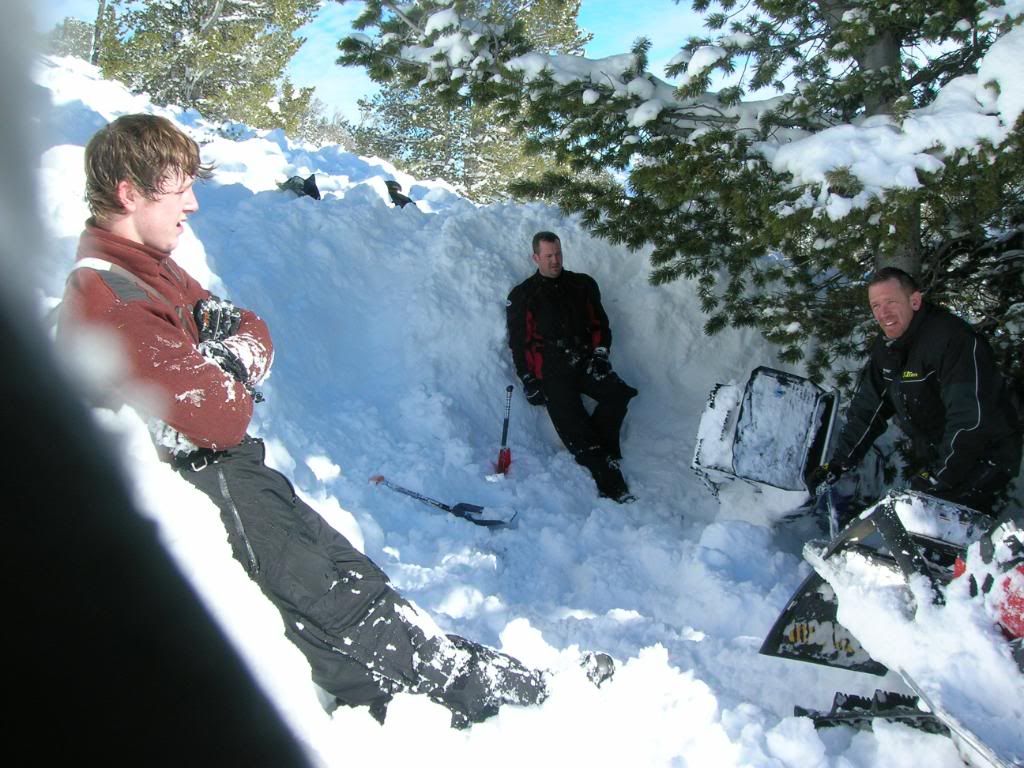H
Higgins-LCHC
New member
It doesn't matter how informed you are you can still get caught in an avy.
Look at what happened in the movie "A Dozen More Turns". All were very knowlegable in Avalanche awareness. Heck the guy who died was going to school for avalanche study. I always check the local sites for avy info.
Northwest Weather and Avalanche Center
http://www.nwac.us/
Higs
Look at what happened in the movie "A Dozen More Turns". All were very knowlegable in Avalanche awareness. Heck the guy who died was going to school for avalanche study. I always check the local sites for avy info.
Northwest Weather and Avalanche Center
http://www.nwac.us/
Higs





